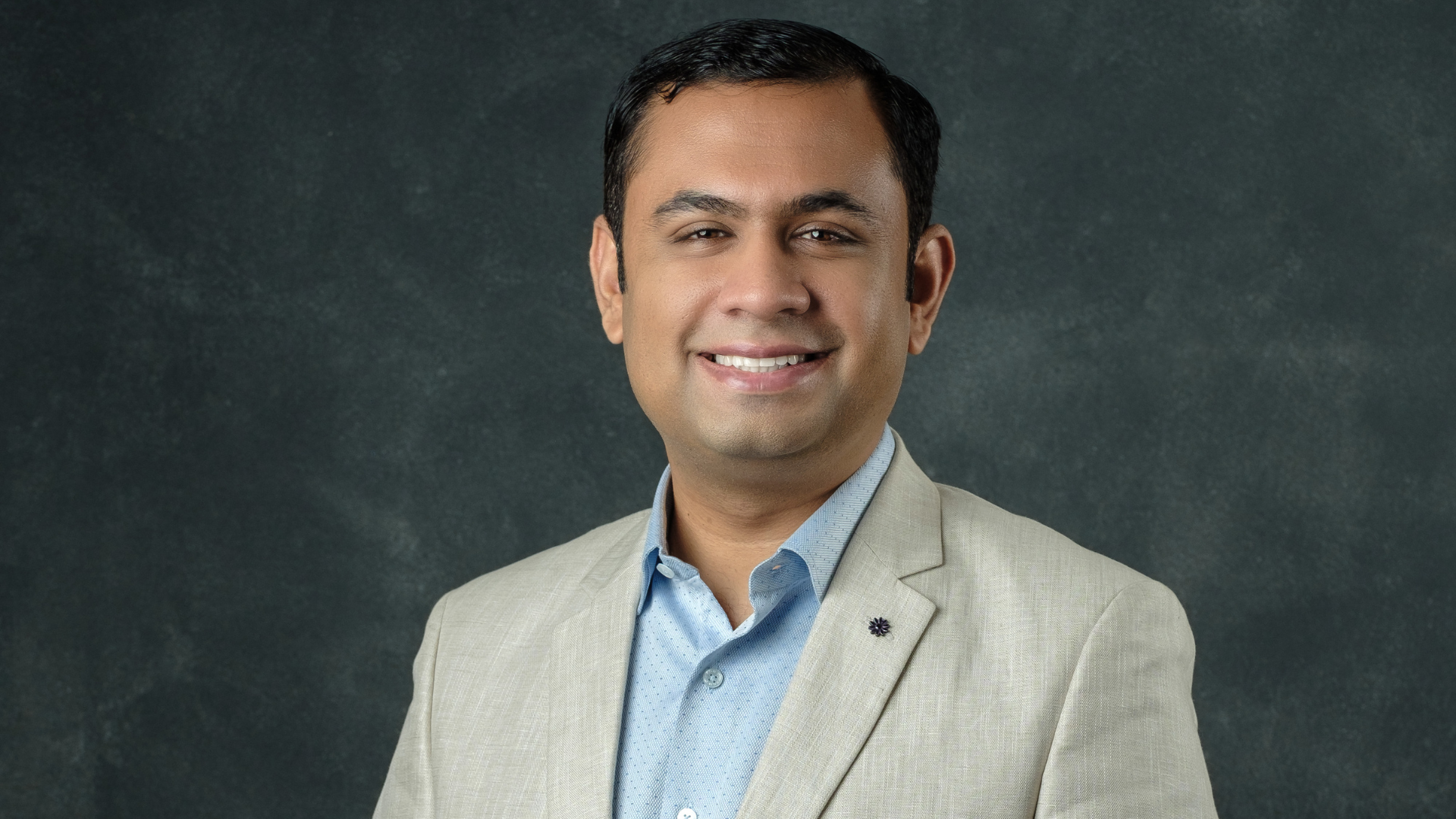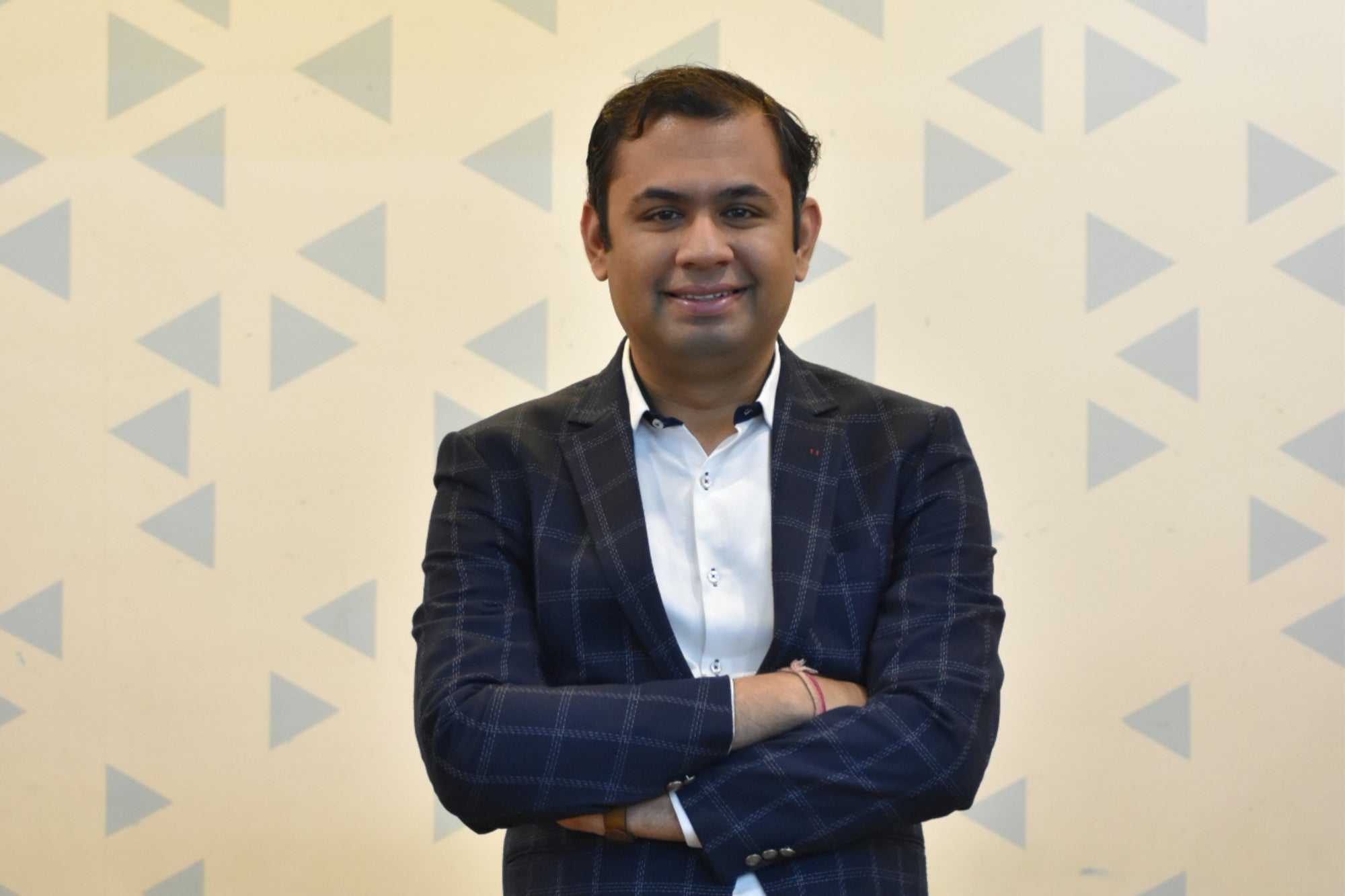The Undaunted Visionary: Harshil Mathur’s Extraordinary Journey From Rejection To Revolution

In the bustling landscape of Indian entrepreneurship, few stories captivate the imagination quite like that of Harshil Mathur.
His journey from a fresh-faced IIT Roorkee graduate to the architect of a 60,000 crore rupee financial technology empire exemplifies the transformative power of resilience and vision. While Silicon Valley mythologizes overnight success, Mathur’s story offers a more authentic narrative—one where persistent rejection becomes the unlikely foundation for remarkable achievement.
At 23, Harshil Mathur seemed destined for the conventional trajectory of an engineering graduate. With a degree in software engineering from the prestigious Indian Institute of Technology Roorkee, he secured a position as a Wireline Field Engineer at Schlumberger, an American oilfield services giant. The role offered stability, prestige, and financial security—everything a young professional might desire. Yet beneath this veneer of conventional success, Mathur’s passion for software continued to simmer.

This enthusiasm manifested in a side project that would ultimately alter his professional trajectory. While maintaining his full-time responsibilities, Harshil Mathur developed a crowdfunding platform dedicated to raising funds for medical emergencies. However, he quickly encountered a fundamental obstacle that would become his entrepreneurial calling—the extraordinary difficulty of processing online payments for small entities.
The existing financial infrastructure catered exclusively to established businesses, demanding extensive documentation and imposing prohibitive barriers for smaller players. This systemic inefficiency relegated countless enterprises to cash-only operations, limiting their growth potential and participation in the digital economy.
Rather than accepting this status quo, Harshil Mathur embarked on what would become a grueling campaign to integrate with banking institutions. The response was a masterclass in rejection—forty banks dismissed his proposals within just four months. For many aspiring entrepreneurs, this persistent dismissal would constitute sufficient reason to abandon the venture. Mathur, however, persisted through what would eventually become one hundred rejections.

Just as resignation seemed inevitable, a conversation with HDFC Bank yielded unexpected positive reception. This tenuous foothold in the financial establishment provided Harshil Mathur with sufficient confidence to take a momentous leap—resigning from his secure, well-compensated position at Schlumberger. He enlisted fellow IIT alumnus Shashank Kumar as his co-founder, and in 2014, Razorpay emerged with the ambitious mission of democratizing online payments for India’s underserved business ecosystem.
Harshil Mathur demonstrated remarkable strategic acumen by identifying a critical gap in the market. While established payment processors concentrated on large corporations and outbound transactions, Razorpay deliberately focused on enabling startups to accept incoming payments. This specialized merchant-layer integration resonated immediately with the market, attracting 400 businesses within the first year—an impressive achievement for a fledgling financial technology venture operating in a heavily regulated environment.
This early traction captured the attention of Y Combinator, the renowned Silicon Valley accelerator, which invested 74.7 lakh rupees in Razorpay in 2015. This infusion of capital catalyzed exponential growth, enabling partnerships with fifty banking institutions and expanding the client base to 1,800 businesses. Harshil Mathur established a foundation of trust through transparent pricing—offering straightforward options at 2% and 2.5% per successful transaction, a refreshing departure from the opaque fee structures prevalent in the industry. This clarity, coupled with demonstrable growth, attracted an additional 59 crore rupee investment led by Tiger Global in October 2015.
Then came two seismic shifts in India’s financial landscape that transformed Razorpay from a promising startup into an essential piece of national infrastructure. The 2016 demonetization policy and the 2017 implementation of the Goods and Services Tax accelerated India’s digital transformation virtually overnight. Ironically, the very institutions that had repeatedly rejected Mathur—forty banks and one hundred venture capital firms—suddenly recognized the enormous potential in serving India’s 30 million underserved startups and MSMEs. Razorpay, having established first-mover advantage in this previously overlooked segment, found itself at the epicenter of a financial revolution.
By 2019, the company had achieved extraordinary growth, expanding its operations 500-fold and securing partnerships with prominent organizations including IRCTC, Airtel, and Zerodha. Harshil Mathur demonstrated sophisticated business acumen by extending Razorpay’s offering beyond payment processing. The introduction of RazorpayX for neo-banking services and Razorpay Capital for lending created a comprehensive financial ecosystem for merchants, addressing critical needs like working capital management. This strategic diversification doubled revenue to 193 crore rupees, attracting a 525 crore rupee investment from Sequoia India and Ribbit Capital that valued the company at 3,000 crore rupees.

When the COVID-19 pandemic threatened to derail countless businesses, Harshil Mathur displayed remarkable adaptability. He swiftly reoriented Razorpay toward ascendant sectors like e-commerce, online education, and gaming. This agile pivot yielded extraordinary results—300% growth in just six months, with the platform processing an astonishing 74% of all small business transactions in India. As Razorpay’s client base expanded to 5 million, the company achieved the coveted unicorn status on October 12, 2020, raising 721 crore rupees at a valuation of 7,300 crore rupees and becoming India’s 32nd unicorn (and fifth to achieve this milestone during the pandemic).
Today, Razorpay stands as a 60,000 crore rupee enterprise, processing an annual payment volume of 1,200,000 crore rupees. The company has evolved from a struggling startup repeatedly shown the door by financial institutions to India’s largest digital payment processing company—a transformation that possesses an almost poetic symmetry.
Perhaps the most touching dimension of this remarkable journey is its connection to Mathur’s origins. His father, who worked as a bank clerk at the State Bank of India, could scarcely have imagined that his son would fundamentally reshape India’s financial landscape. This generational leap—from working within the constraints of traditional banking to reimagining its very infrastructure—embodies the extraordinary possibilities of entrepreneurship when combined with unwavering persistence.
Harshil Mathur’s story reminds us that rejection, far from signaling the end of a journey, often represents its most formative chapter. The hundred “no’s” he received weren’t merely obstacles but stepping stones that ultimately led to a resounding “yes” from an entire nation.




